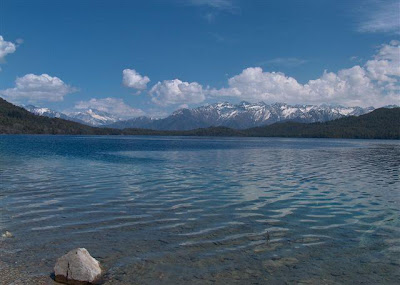
Patan Durbar Square complex, situated in the center of Patan city, houses the residence of the former Royal family of Patan. The Square and its surroundings provide very good example of ancient Newari architecture. The palace has three main courtyards the central and the oldest is Mul Chowk. To the west of the complex are a dozen free standing temples of various sizes and styles. Krishna Temple, Bhimsen Temple, the Golden Temple of Hiranya Varna Mahavira and Sundari Chowk mark the architectural excellence of its era. The Sundari Chowk with the sunken Royal bath of Tusha Hiti, contains exquisite woodcarvings, stone, and metal sculpture. Patan Durbar Square also houses a temple of Taleju Bhawani.
A royal palace of the Malla kings can be found at Durbar Square in Patan. It is reputedly the most picturesque Durbar Square of the three Malla cities, Kathmandu, Patan, and Baktapur.

The square boasts of many famous sites and unique architecture. Krishna Mandir in the Patan Durbar Square was built to honor an incarnation of Vishnu. Krishna fought by the side of the Pandavs in the Mahabharat war to assure that truth would prevail. He was a favorite among the gopini cow girls. His temple is the best example of stone architecture in Nepal. Scenes from the Mahabharat, Asia's greatest mythological war, are carved on the temple's walls.

The Bhimsen temple which honors Bhim great wrestler, brother of the Pandavs, and a deity to Nepalese businessmen contains fine samples of metal craft. The best place, however, to see metal sculpture is the Hiranya Varna Mahabiliar, the "Golden Temple." It is a Newar monastery which contains wall paintings, fourteenth century statues, and scriptures. Its front facade is mostly covered in bronze. Note the stone gates and the figures upon them. These were built by Silakars whose descendants are active in the woodcarving industry today. Also interesting are the four metal monkeys at the corners of the temple. Monkeys have been featured in the temple decor of Nepal for several hundred years!

The Sundari Chowk contains exquisite samples of woodcarvings, stone, and metal sculpture. A huge stone platform in this chowk is the seat of a pious king who endured great penance in search of eternal bliss. It is said that he slept outside on this chilly stone platform in the bitter cold of Kathmandu winters and spent hours in the monsoon rains.
Other sites including the Mahaboudha Temple and Uku Bahal are only a few minutes walk away from the square. The streets in this area are home to inetal sculptors of the present day. Many more temples dedicated to Ganesh, the elephant headed god, Shiva, Narsingha, Taleju, and others are situated in the Patan Durbar Square.

























 Phewa lake is the second largest lake of Nepal and the largest lake of Pokhara Valley. IT is situated at an altitude of 784m at the western edge of Pokhara city near Baidam. It covers an area of about 4.43 sq km with an average depth of about 8.6m, maximum water depth is 19m. The maximum water capacity of the lake is estimated to be 46 million cubic meters. It lies in the valley of Harpan Khola which feeds the lake. On the southern mouth of the lake, at the crown of Pardi River, a dam is built which has nearly doubled the water level. The water of the lake is used for irrigation and electricity generation.
Phewa lake is the second largest lake of Nepal and the largest lake of Pokhara Valley. IT is situated at an altitude of 784m at the western edge of Pokhara city near Baidam. It covers an area of about 4.43 sq km with an average depth of about 8.6m, maximum water depth is 19m. The maximum water capacity of the lake is estimated to be 46 million cubic meters. It lies in the valley of Harpan Khola which feeds the lake. On the southern mouth of the lake, at the crown of Pardi River, a dam is built which has nearly doubled the water level. The water of the lake is used for irrigation and electricity generation.


